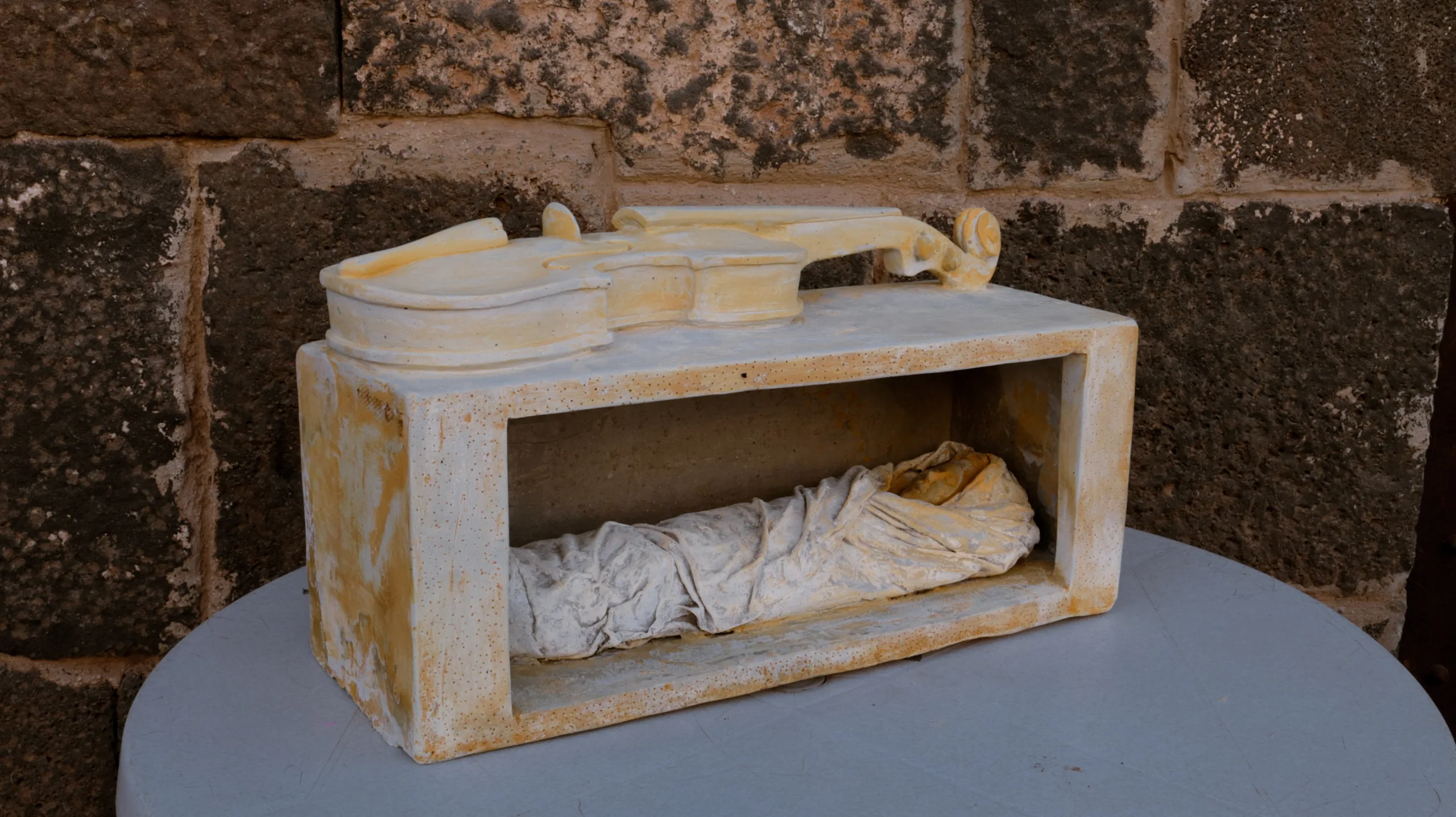In a mountain where places are not measured in meters but in what they hold of feeling and dignity, the madafa in As-Sweida appears as more than a reception room or a ritual of hospitality. It is a layered social space that reproduces meaning, collective identity, and memory, much as the French philosopher Henri Lefebvre described in his triad of space: perceived space, conceived space, and lived space.
At the first level, perceived space, the madafa shows up as an architectural body: basalt walls, built-in cement benches, a coffee table, a door thrown open, and framed portraits. Yet it is not understood by its design alone, but by the relationships it organizes and the symbolic authority it distributes.
At the second level, conceived space, the madafa becomes a social imagination that reweaves the mountain’s symbolic covenant. It is not simply a place. It is a model that reproduces the relation between the individual and the collective, between ritual and authority, between neutrality and belonging. Here, ideas like wisdom, dignity, and protection are formed within a symbolic structure that mirrors the state without being one.
At the third level, lived space, lies the beating heart of the madafa, where values are tested, stories are woven, and everyday rituals bring the community back to itself. In this realm, words are not only spoken; they are lived, felt, and passed down. It is a space that resists forgetting, repairs fractures, and rebuilds trust when ties begin to fray.
When this space is violated, the harm is not only to a room. The conception is pierced, the lived experience is distorted, and the perceived is blasted apart. In this sense, the madafa is not architectural heritage; it is a living device that produces community, safeguards memory, and resists symbolic unraveling.
This text does not merely describe the madafa. It rereads it as a triadic space that generates belonging and shows how a symbol can become a small homeland, and how stone can become living memory.
The essence of the madafa in As-Sweida
It is not just a place. It is a mechanism for collective existence that compresses society into a single room. Here a striking paradox appears: a simple stone chamber becomes a miniature state, and a private home turns into a public space. This is its greatness.
It is a living entity that breathes history and feeling, a social fabric that ties the mountain’s people with threads of dignity, familiarity, and prudence. It is the house of collective memory, a keeper of confidences, and a sanctuary of civil peace guarded as carefully as life itself. The madafa is a vital space that holds the unique duality of private and public and distills an entire society into one compact place
The body of the madafa: a three-faced geometry
The madafa takes the shape of a rectangle tending toward a square, lined with built-in benches on three sides, while a large door opens on the fourth, standing as the guests’ sentinel. Near the door a high table serves as a coffee throne: on it sits the kettle that keeps the bitter brew hot, the roasting tools, and the “tershreebeh,” a concentrated coffee essence that keeps for months and is shared with neighbors on holidays so they can make their own from that base. In the center rests the tray of nukl, sugared nuts and sweets, offered in pairs with walnuts to reflect the world’s creation through complementary twos.
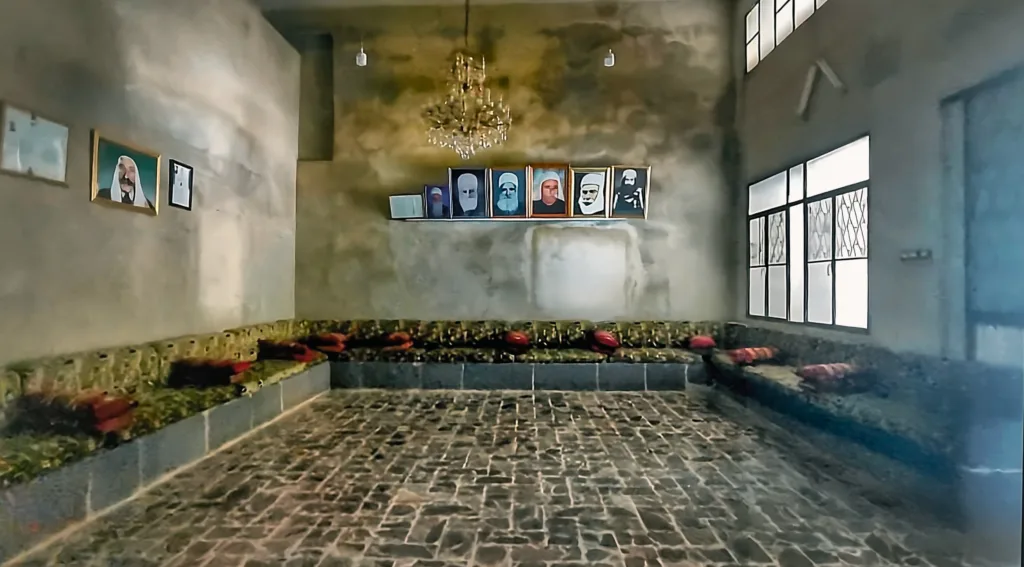
Speaking walls: portraits, identity, belonging
On the wall facing the door, the seat of honor, hang portraits of Sultan Pasha al-Atrash, the Druze sheikhs of reason, Arab nationalist icons like Nasser, figures of the global left, or all of them together. Allegiances are not hidden here; the madafa is the mountain’s parliament where differing views coexist under a roof of neutrality. Once you enter, you are under the protection of the household, and your freedom is respected so long as you respect its symbols. This neutral ground allows adversaries to accept what they would refuse outside, and common interest is spun from the threads of dialogue.
The madafa as a house of reconciliation, civil peace, and an operations room
The madafa functions like a customary court where disputes are settled by a circle of elders and wise men. Here the “raising of the banner” takes place, a public renunciation of revenge, and rulings are announced that all accept in pursuit of peace and the counsel of reason.
It is also a buffer zone for those seeking sanctuary who say, “I seek refuge in God and in you.” From that moment their blood is inviolable until the elders judge. In such cases the madafa establishes a sacred covenant, a kind of immunity for any wronged person, or even a wrongdoer, until the matter is resolved amicably by the wise. This is not only personal protection; it is communal protection that prevents the wasting of dignity and the spread of chaos.
In wartime the madafa can become an operations room. When armed clashes ignite, it turns into a hub for distributing supplies, coordinating the defense of villages, and sheltering the displaced. Its basalt walls become a moral shield that reminds everyone they are one mountain’s people, despite the weapons. (The massacres of September tore through those covenants.)
The madafa as the mountain’s social center
Here marriages are contracted and celebrated, condolences received, the returnee from exile welcomed, and the extended family gathers. The madafa holds the full cycle of social and family life, in joy and in grief.
It also echoes the storyteller’s café, preserving oral heritage as children absorb values through tales. Young and old sit on the benches while the narrator recounts resistance to the French and the battles of stout-hearted men, in the strong mountain dialect, ending with a moral that reminds all of dignity and solidarity. In this way the madafa becomes a living archive of history, trials endured, remedies tried, and lessons learned.
Long before humanitarian agencies and international protection existed, the madafa was a refuge and a host. Its door is kept open summer and winter, day and night, to all who come. It is like an inn, yet stay is free, and the person is treated not as a customer but as a guest to be honored and safeguarded. The madafa is the passerby’s waystation: the lost sleep there, the hungry eat there, and dignity is preserved. These are its ethics.
Ritual transformations: the shifting line between public and private
In a space that looks simple to the eye, ritual transformations begin as elements change function without changing form. The madafa does not announce that it is moving from private to public; it performs that move quietly by redistributing symbolism within the room.
First, the coffee table shifts from a hospitality tray to a bench of judgment, not by changing its material, but by the social context that activates it. Here perceived space enters into dialogue with conceived space as the very object is redefined by its new symbolic role.
Likewise the portraits move from family heirlooms to unifying emblems, not because they have changed, but because the community has decided to reread them. At that moment the collective imaginary intersects with the material structure, and symbolic authority is reproduced within the space as weighty decisions are made.
As for the open door, it neither closes nor opens; it becomes a ritual threshold that redefines inside and outside. The person who seeks sanctuary does not arrive as a mere guest; they are reabsorbed into the community through the act of protection. Here lived space shows its full power, not as an area to be used, but as a device that reshapes relationships, suspends hierarchies, and activates an unwritten covenant. The threshold becomes sacred, reminding all: this is not so-and-so’s house; it is your house together.
Thus the madafa does not muddle public and private through disorder, but through precise rituals that redistribute meaning and turn the room into a social text to be read according to moment, function, and feeling. It is not a jump from one use to another; it is a shift in reading that reproduces space as a living being that breathes the community and reshapes it whenever needed.
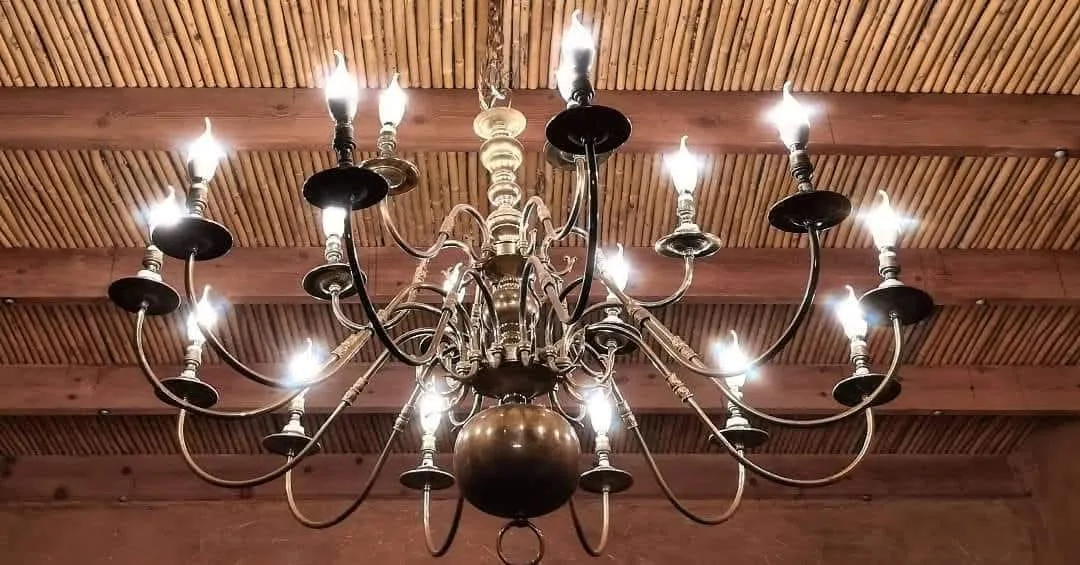
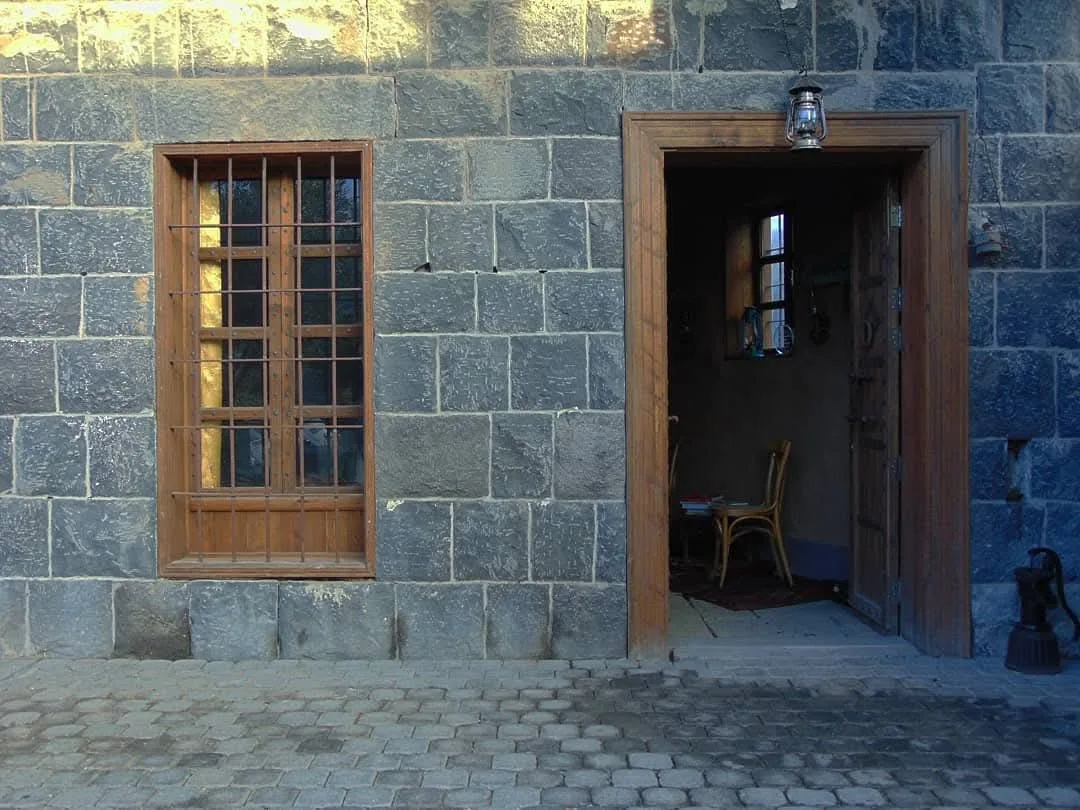
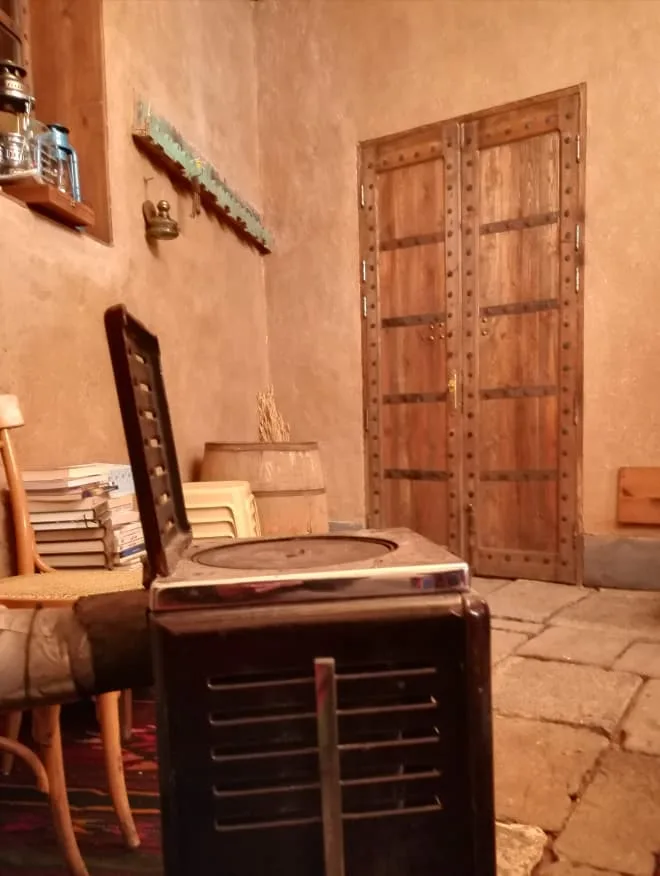
The symbol that will not be buried: the madafa between fire and memory
When the space that embodies the community is targeted, the assault is not merely physical. It is symbolic killing, the kind of erasure that does not only break walls but exiles meaning, silences language, and dims memory. As Gaye Tuchman argued, the absence or distortion of representation does not only weaken identity; it denies it, pushing it to an unseen, unheard margin.
What happened in As-Sweida in July 2025, the systematic burning of madafas, was an assault on dignity embodied in basalt walls and a desecration of a shared icon that sets the rhythm of society. It uprooted people from their emotional dwelling place, where safety is felt. It was not simply the burning of a room. It was a deliberate attempt to erase a symbol that reproduces community and balances the individual and the collective, ritual and authority, protection and belonging.
Tuchman expanded this concept, showing that symbolic killing occurs not only through exclusion, but also through ridicule and degradation. That was visible in the smashing of portraits, the humiliation of elders, forced shaving of mustaches, and sectarian purges inside madafas once considered moral strongholds. The structure that kept the community from collapse was dismantled, not by physical violence alone, but by stripping it of symbolic legitimacy and its capacity to represent itself to itself.
Pierre Bourdieu described this kind of harm as symbolic violence, a soft and often invisible coercion enacted through language, ritual, and institutions that pressures a community to accept its humiliated position without open resistance. When the madafa is burned, the place is not only destroyed; the community is forced to redefine itself outside its space, its language, and its rituals. The result is an existential rupture that stone cannot repair; what is needed is the restoration of symbolism and the rebuilding of meaning.
In this sense the assault on the madafa was an existential exclusion. Not only people were killed, but a people’s image of itself, and the language by which it named itself within the community. This was not the destruction of a room; it was the untying of a delicate symbolic covenant that reproduced life, mended fractures, and resisted disintegration.
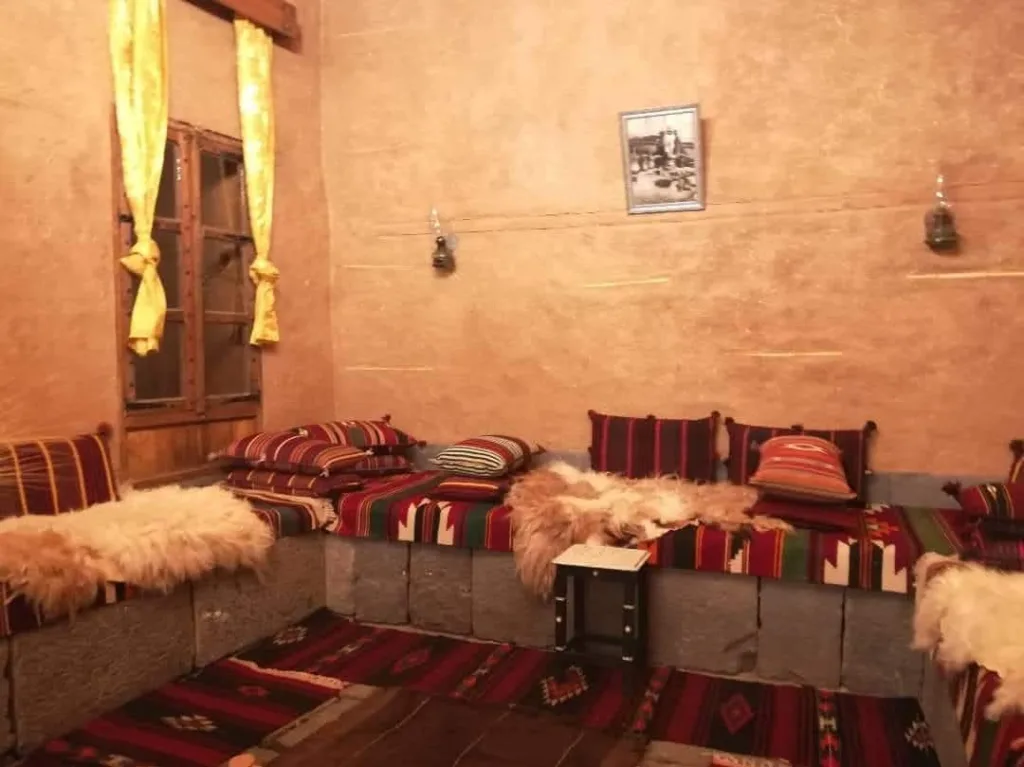
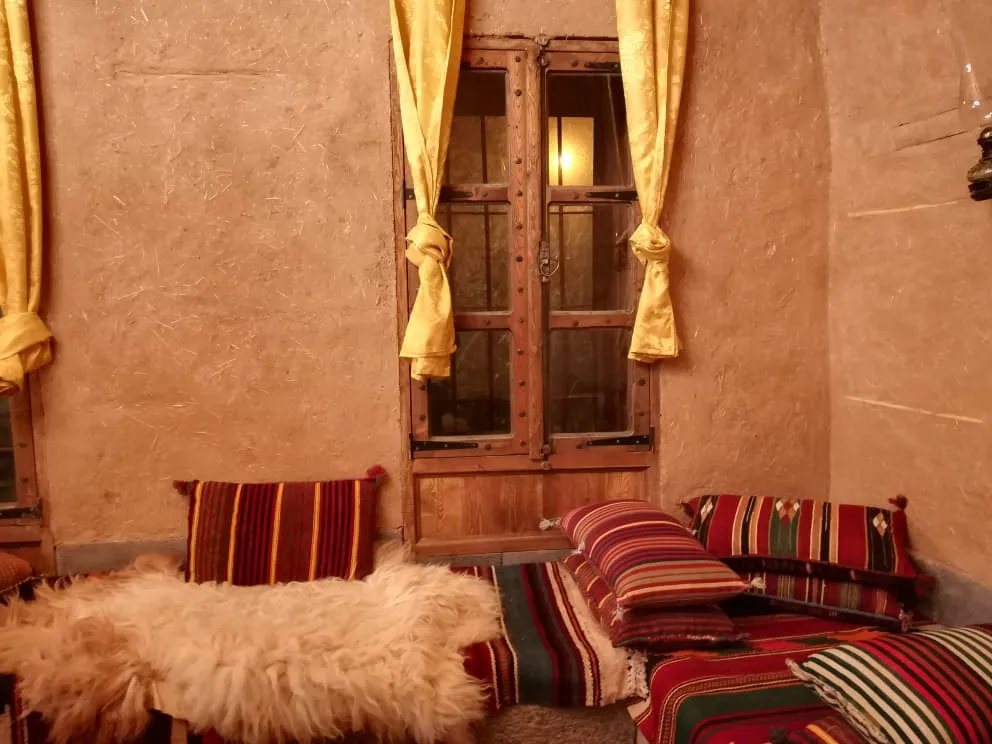
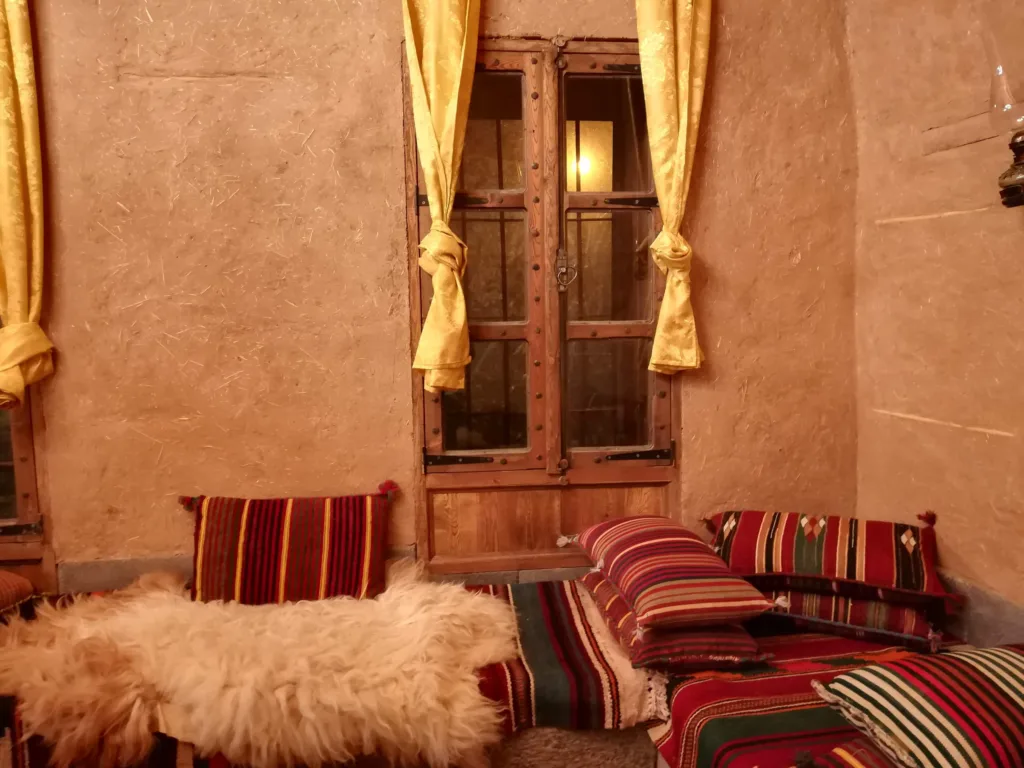
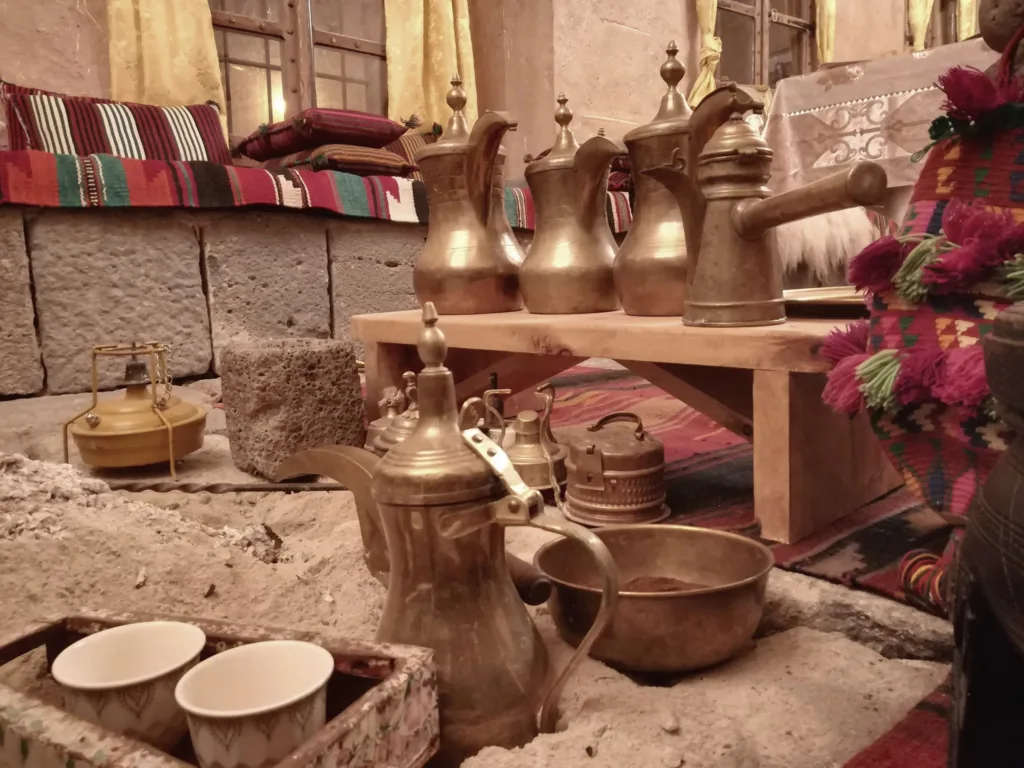
Why stone cannot replace symbol
In the end, the question of the madafa is not spatial but existential. Why can stone not compensate for symbol? Because the madafa is not walls to be built and torn down. It is a living device that reproduces community and in which meaning is woven as relationships are woven. Its public function is not a reception hall. It is the unwritten constitution that orders society, resolves dispute, and protects dignity. Its private function is the social womb that births belonging and reshapes the self through ritual rather than law.
When this space is burned, its portraits broken, or its elders degraded, the act is a symbolic killing of the mountain’s icon and a systematic attempt to disrupt the fine balance between the individual and the collective. It is the assassination of a symbol that reproduced life, healed cracks, and held off disintegration.
The madafa as a wound that does not heal
The madafa is not a wall to be rebuilt. It is a wound that does not simply close. Stones can be repaired. How do you compensate for the killing of a symbol? How do you mend the cracks in inner quiet? How do you restore a space that embodied feeling, stored the community’s memory, and returned it to itself whenever it drifted?
In the end, the madafa remains for the people of As-Sweida a small homeland, a spirit that cannot be bought, and a dignity that cannot be borrowed. It is the truest expression of the mountain’s saying: “The place of honor in the madafa is yours, and the threshold is ours.”
That is, open your heart before you open your door, and let your house be a haven for wisdom, a refuge for safety, and a mirror of a dignity that cannot be extinguished, no matter how fierce the fire.


